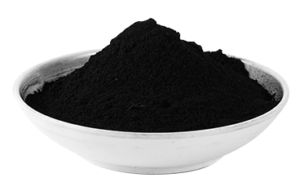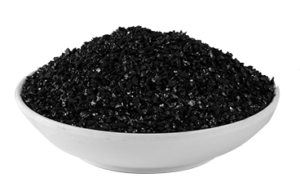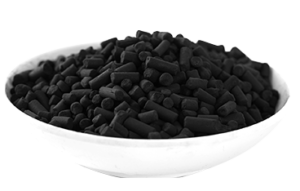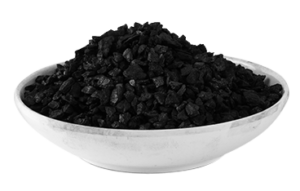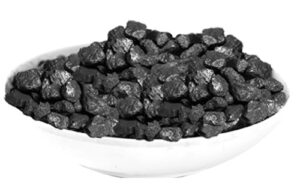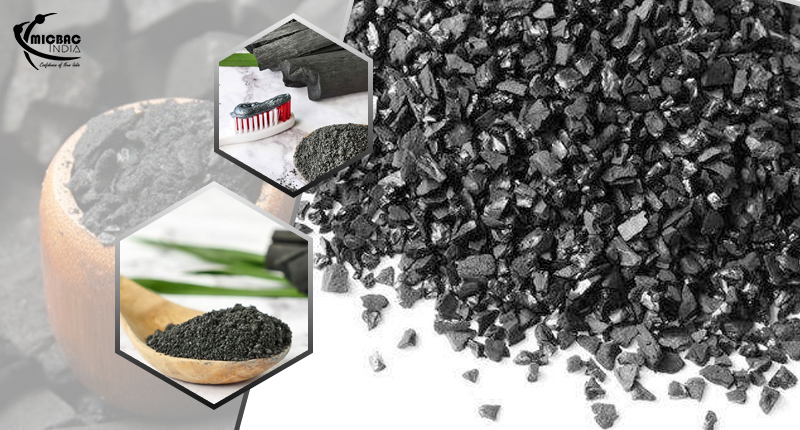Activated carbon, which is a type of carbon, is known to contain an extensive variety of materials, which do not have a specific form. These are known as amorphous materials and the activated carbon is made to show a high level of porosity as well as an extensive surface area. Moreover, the entire non-carbon contaminations are eliminated and the surface is oxidized. Nowadays, even though the term ‘activated carbon is accepted, it has been in use since the ancient era. Accordingly, ancient Phoenicians and Hindus discovered the curative characteristics of activated carbon around 400 B.C. and started using it to clean the water.
Historical Evaluation of Activated Carbon
Activated carbon has seen many advances during recent years, but it has a short history. It has been actively used since ancient times during the era of the Sumerians and Egyptians in 3750 BC. These civilizations used charcoal for different reasons, including in the manufacture of bronze for lessening of ores, medicinal applications, and domestic smokeless fuel.
The 1550 BC Egyptian papyri is the first resource that cited the use of charcoal for adsorption of the odorous vapors from the intestinal tract and putrefying wounds. The charcoal was used by the ancient Greeks to alleviate food poisoning symptoms. This is for the reason that charcoal is considered the most effective substance for the adsorption of the pollutants discharged by ingested bacteria, thus reducing their poisonous effects.
The Latest Advance of Activated Carbon
Nowadays, activated carbon has been used in a variety of applications in several areas. However, it is largely used in the ecological field. Apart from ecological contamination control, activated carbon is largely employed in the industry in various gas and liquid phase adsorptions.
In the liquid phase applications, activated carbon is used in many ways, including:
- Food processing
- Preparation of alcoholic drinks
- Decolorization of fats and oils
- Purification of products during sugar refining
- Sanitization of chemicals, such as amines, acids, glycol, glycerin, etc.
- Purification of enzymes
- Coffee decaffeination
- Gold recovery
- To purify liquid fuels
- Operations that involve electroplating purification
- Clothe purification
- Personal care
- Textile
- Cosmetics
- Chemical and petrochemical industrial applications
- Pharmaceutical industries
When considering the use of activated carbon in gas phase applications, it plays a vital role in the recovery of organic solvents, elimination of sulfur-holding poisonous elements from drain gases, sulfur recovery, biogas purification, and use in gas masks.
The latest advancement of activated carbon has also made it largely used in veterinary and medical applications, elimination of pesticide residues, soil improvement, as well as in vacuum and nuclear technologies.
Some of the other most modern areas of applications of activated carbon include:
- Treating fuel gases
- Preparing the water for industrial uses
- Wastewater treatment
In recent years, the use of activated carbon has been greatly increased and it is being employed in a huge range of applications. It is considered one of the most useful substances for protecting the environment, storing energy, as well as in many other promising technology fields. Activated carbon is being manufactured at an industrial scale from different materials, such as coconut shells as well as from other lignin-cellulosic ancestors.

